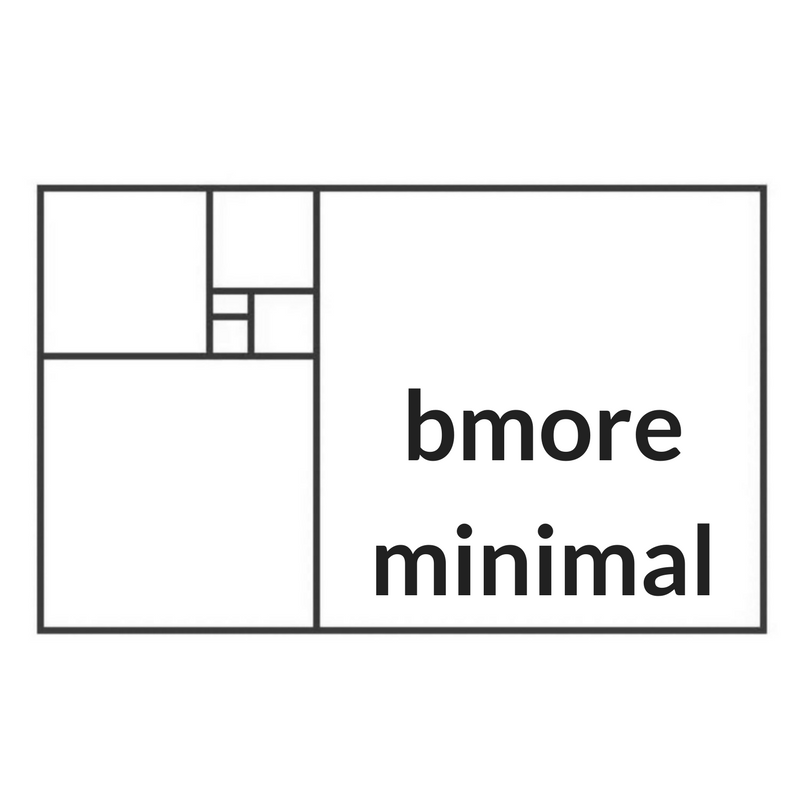I always caution clients against the “just a little each day” approach. Decluttering is like a juice cleanse: muster up the willpower just once, watch in horror at the things that come out, reset your whole system, and then emerge into the next chapter of your life.
That said, we should be prepared to stay vigilant against the creep of clutter. We establish routines to keep our house neat and tidy, but we also may need to do a very mini-decluttering from time to time. Amanda Sullivan calls this “weeding” and it doesn’t need to be a daily or even a monthly task; we should “weed” every once in a while as our lives change.
Now, big life transitions often need big, full on decluttering. A cross-country move, a marriage, a new baby-- those can alter our whole life, not just shift it a bit.
But our lives often change more subtly, and we’re vulnerable to keeping a newly unnecessary item around because we can remember using it recently. Instead, we can use these shifts as a cue to “weed” our possessions, and stay intentional about our homes.
Our new office has a lax dress code, so the pencil skirts and panythose can go.
We recommit to eating healthier, so the candy stash can go.
We complete a course or training, so the materials can go.
We switched to decaf, so the dark roast can go. (Yeah, as if.)
Weeding can take the shape of mini Minimalists game than lasts a week instead of a month. Or a rapid fire “spark joy” test when we’re Konmari folding all of our laundry. Or a session with me with the broad focus of ensuring your home is a reflection of your current life and your highest goals.
We’re constantly evolving, and so should our belongings.
